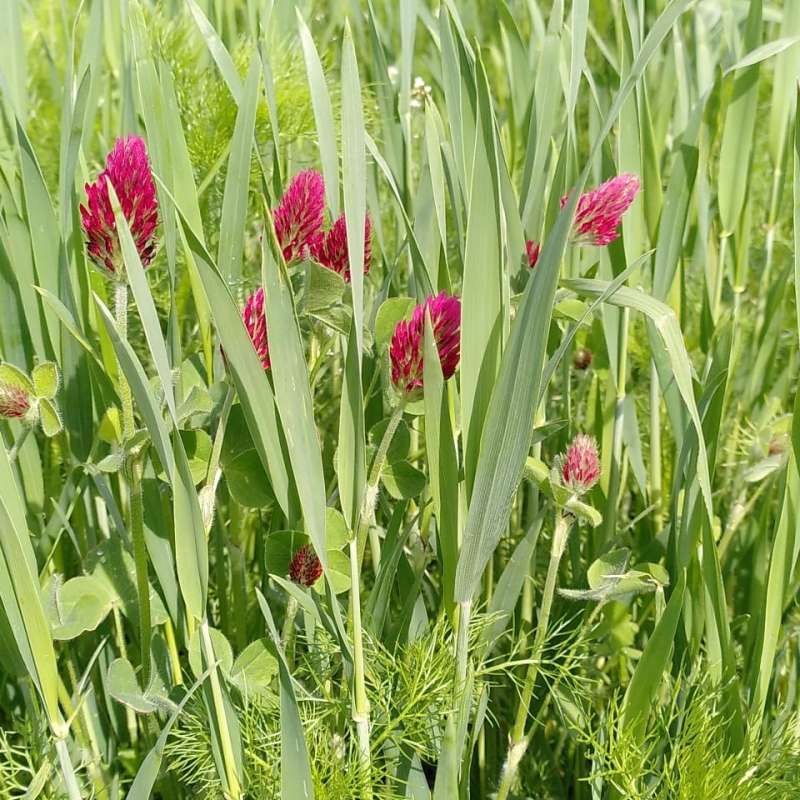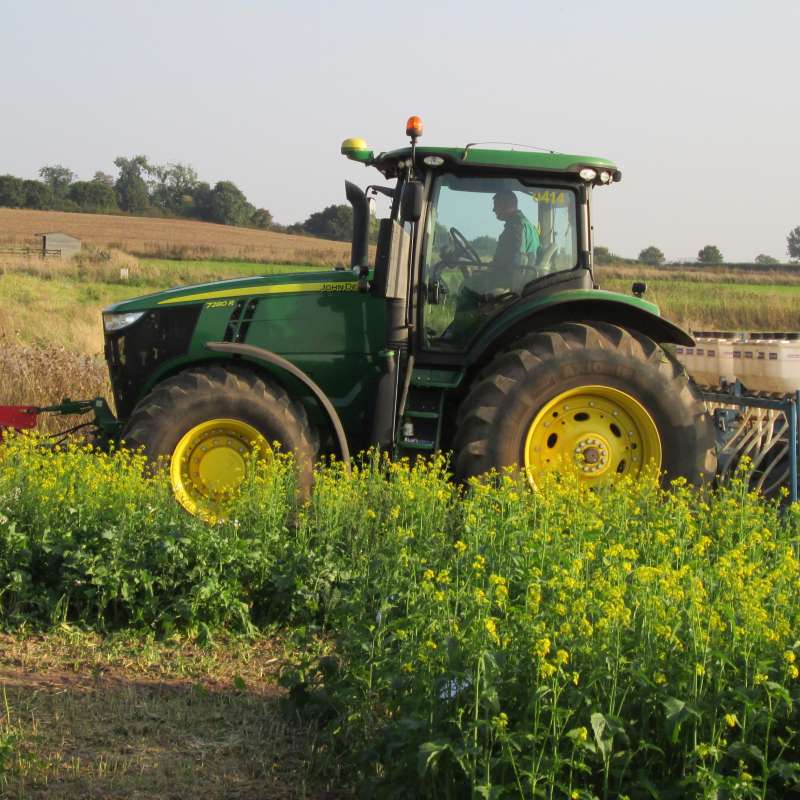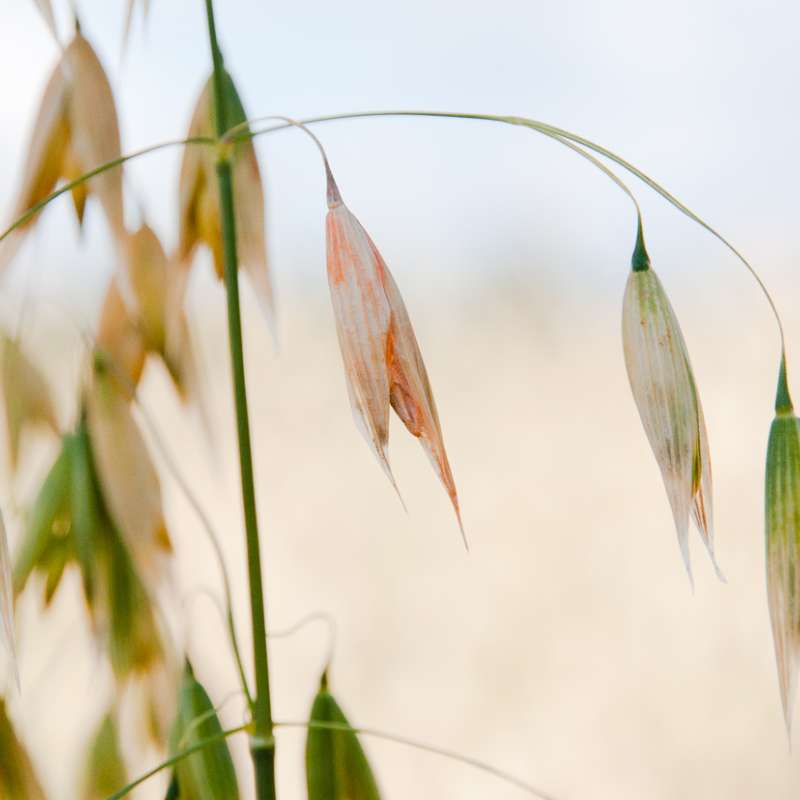Ingerd Skow Hofgaard
Forsker
Biografi
Forfattere
Anne-Grete Roer Hjelkrem Heidi Udnes Aamot Guro Brodal Einar Strand Torfinn Torp Simon G. Edwards Ruth Dill-Macky Ingerd Skow HofgaardSammendrag
Det er ikke registrert sammendrag
Forfattere
Anne-Grete Roer Hjelkrem Torfinn Torp Guro Brodal Heidi Udnes Aamot Einar Strand Berit Nordskog Ruth Dill-Macky Simon G. Edwards Ingerd Skow HofgaardSammendrag
Det er ikke registrert sammendrag
Forfattere
Matias Pasquali Marco Beyer Antonio Logrieco Kris Audenaert Virgilio Balmas Ryan Basler Anne-Laure Boutigny Jana Chrpova Elzbieta Czembor Tatiana Gagkaeva María T. González-Jaén Ingerd Skow Hofgaard Nagehan D. Köycü Lucien Hoffmann Jelena Lević Patricia Marin Thomas Miedaner Quirico Migheli Antonio Moretti Marina E. H. Müller Françoise Munaut Päivi Parikka Marine Pallez-Barthel Jonathan Piec Jonathan Scauflaire Barbara Scherm Slavica Stanković Ulf Thrane Silvio Uhlig Adriaan Vanheule Tapani Yli-Mattila Susanne VogelgsangSammendrag
Det er ikke registrert sammendrag
Forfattere
Ingerd Skow Hofgaard Heidi Udnes Aamot Torfinn Torp M. Jestoi V.M.T. Lattanzio Sonja Klemsdal C. Waalwijk T. van der Lee Guro BrodalSammendrag
During the last ten years, Norwegian cereal grain industry has experienced large challenges due to Fusarium spp. and Fusarium mycotoxin contamination of small-grained cereals. To prevent severely contaminated grain lots from entering the grain supply chain, it is important to establish surveys for the most prevalent Fusarium spp. and mycotoxins. The objective of our study was to quantify and calculate the associations between Fusarium spp. and mycotoxins prevalent in oats and spring wheat. In a 6-year period from 2004-2009, 178 grain samples of spring wheat and 289 samples of oats were collected from farmers’ fields in South East Norway. The grains were analysed for 18 different Fusarium-mycotoxins by liquid chromatography – mass spectrometry. Generally, the median mycotoxin levels were higher than reported in Norwegian studies covering previous years. The DNA content of Fusarium graminearum, Fusarium culmorum, Fusarium langsethiae, Fusarium poae and Fusarium avenaceum were determined by quantitative PCR. We identified F. graminearum as the main deoxynivalenol (DON) producer in oats and spring wheat, and F. langsethiae as the main HT-2 and T-2-toxins producer in oats. No association was observed between quantity of F. graminearum DNA and quantity of F. langsethiae DNA nor for their respective mycotoxins, in oats. F. avenaceum was one of the most prevalent Fusarium species in both oats and spring wheat. The following ranking of Fusarium species was made based on the DNA concentrations of the Fusarium spp. analysed in this survey (from high to low): F. graminearum = F. langsethiae = F. avenaceum > F. poae > F. culmorum (oats); F. graminearum = F. avenaceum > F. culmorum > F. poae = F. langsethiae (spring wheat). Our results are in agreement with recently published data indicating a shift in the relative prevalence of Fusarium species towards more F. graminearum versus F. culmorum in Norwegian oats and spring wheat.
Forfattere
Ingerd Skow Hofgaard Till Seehusen Heidi Udnes Aamot Hugh Riley Jafar Razzaghian Vinh Hong Le Anne-Grete Roer Hjelkrem Ruth Dill-Macky Guro BrodalSammendrag
Det er ikke registrert sammendrag
Sammendrag
Det er ikke registrert sammendrag
Sammendrag
Angrep av plantepatogene sopp og nematoder kan redusere avling og kvalitet av norskdyrket korn. Soppsjukdommer i korn kan til en viss grad bekjempes ved bruk av soppmidler (fungicider) men ingen kjemiske midler er godkjente mot nematoder i Norge. Vi har analysert innhold av glukosinolater og isotiocyanater i røtter og blader fra 12 ulike korsblomstra vekster. Noen av de korsblomstra vekstene produserte spesifikke kjemiske forbindelser (allyl-isotiocyanat) som i våre forsøk viste seg å kunne hemme vekst av plantepatogene sopp og nematoder som forekommer i korn. Vi observerte redusert overlevelse av sopp på kornrester i jord etter innblanding av oppkutta blader fra korsblomstra vekster i jorda (veksthusforsøk). Vi påviste derimot ikke noen effekt på overlevelse av nematoder (egg) i jord. Vi ønsker videre å studere overlevelse av sopp og nematoder i jord/halmrester i feltforsøk med utvalgte korsblomstra vekster som fangvekst/ettervekst i korn (i potensielle fremtidige prosjekt)
Sammendrag
Angrep av plantepatogene sopp og nematoder kan redusere avling og kvalitet av norskdyrket korn. Disse skadegjørerne kan til dels bekjempes ved bruk av kjemiske plantevernmidler. I 2023 startet vi opp et prosjekt med formål om å identifisere «grønne» metoder for å bekjempe plantepatogene sopp og nematoder i korn, som et alternativ til kjemiske plantevernmidler. Prosjektet har kortnavnet: «Grønt plantevern» og er finansiert av Landbruksdirektoratet. Våre kjemiske analyser av korsblomstra fangvekster dyrket i Norge viser at plantene inneholder en rekke glukosinolater som kan hydrolysere til mange ulike bioaktive isotiocyanater, hvis effekt mot planteskadegjørere fortsatt er lite studert. Våre undersøkelser har vist at sennepskål produserer allyl-isotiocyanat som kan hemme overlevelse og utvikling av sopp og nematoder som er vanlig i norsk korn. Våre forsøk viste dessuten en tendens til at innblanding av nettopp sennepskål kan redusere overlevelse av plantepatogene sopp og nematoder i planterester og jord. Vi fikk også en indikasjon på at forreddik kan hemme overlevelse av plantepatogene sopp i jorda. Vi håper at resultatene fra dette prosjektet kan danne grunnlag for et større prosjekt der en kan gjennomføre feltforsøk for å undersøke om dyrking av korsblomstra vekster som fangvekst/ettervekst i korn kan bidra til å redusere smittepresset av sopp og nematoder i skifter med ensidig korndyrking.

Divisjon for bioteknologi og plantehelse
REKORN: Can regenerative cultivation methods contribute to reduce the risk of fungal diseases in cereals?
Regenerative agriculture is referred to as a bridge between organic and conventional agriculture and has received increased attention in recent years. Regenerative agriculture focuses on soil health and cultivation measures that can stimulate soil life and plant growth. An improvement in soil health is visualized, among other things, in increased carbon storage in the soil, limited soil compaction and increased microbiological diversity. The methods used to improve soil health within cereal cultivation may include crop rotation, reduced tillage, intercropping, use of catch crops and surface composting where plant residues are mixed into the top-soil layer.

Divisjon for bioteknologi og plantehelse
REKORN: Kan regenerative dyrkingsmetoder bidra til å redusere risiko for soppsjukdommer i korn?
I prosjektet «REKORN» ønsker vi å sammenlikne plantehelsa i korn fra skifter dyrket med ulike dyrkingsmetoder som benyttes innen regenerativt landbruk. Gjennom REKORN ønsker vi å utvikle kunnskap om sammenhengen mellom jordhelse og plantehelse.

Divisjon for bioteknologi og plantehelse
Green crop protection: Cruciferous plants as a green alternative to chemical pesticides in cereals
Cereal plants infested with plant pathogenic fungi or nematodes may have reduced grain quality and yield. These diseases can partly be controlled by using chemical pesticides. The purpose of this project is to identify "green" methods to mitigate plant pathogenic fungi and nematodes in cereals, as an alternative to chemical pesticides.

Divisjon for bioteknologi og plantehelse
Kunnskap om faktorer som påvirker utvikling av sopp og soppgifter
Prosjektet skal identifisere faktorer som påvirker innhold av soppgifter eller andre naturlig dannede uønskede stoffer i planter, og utvikle kunnskap som kan bidra til å redusere forekomsten av slike gifter.

Divisjon for bioteknologi og plantehelse
Grønt plantevern: Korsblomstra vekster som et grønt alternativ til kjemiske plantevernmidler i korn
Angrep av plantepatogene sopp og nematoder kan redusere avling og kvalitet av norskdyrket korn. Målet med prosjektet er å komme frem til et grønt alternativ til kjemiske plantevernmidler for å bekjempe skadegjørere i norsk korn. Vi forventer å identifisere korsblomstra vekster som har potensiale til å redusere overlevelse av plantepatogene sopper og nematoder i jord/planterester dersom de brukes som fangvekst/ettervekst i norskdyrket korn.
